As the consumer goes, so goes the U.S. economy. Consumers make up roughly 70 percent of U.S. GDP. Our collective spending has powered the economy since the COVID-19 pandemic and proven wrong the 2022 and 2023 recession predictions by economists and investors. I like to call it the most telegraphed recession that never happened.
Market Thoughts for March 2025 [Video]
February was a tough month for U.S. markets. The S&P 500, Dow Jones, and Nasdaq all fell, with the Nasdaq getting hit the hardest. Despite the disappointing month, fundamentals showed signs of positive momentum, boosted by a strong jobs report and fourth-quarter earnings growth. Markets, however, still face real risks—including policy uncertainty, debt ceiling concerns, and the planned rollout of tariffs.
Policy Uncertainty Begins to Weigh on Investors
Brad here. As many of you know, I have been working on a much wider range of things here at Commonwealth, and as such, I have stepped back from a lot of the public-facing work I was doing. And that was fine as long as everything was going well. But when things become uncertain, we need someone to be able to explain what is happening—and why.
Market Thoughts for February 2025 [Video]
Markets rallied in January as improving fundamentals supported stocks. The S&P 500, Dow Jones, and Nasdaq ended the month in positive territory, and the story was similar internationally as developed and emerging markets rebounded. The healthy economic backdrop supported strong earnings results, and the solid labor market bolstered consumer confidence. While the market rally was welcome, investors still face real risks, including policy uncertainty with tariffs and potential market volatility.
Monday Update: Initial Jobless Claims Set New Pandemic-Era Low
Last week was relatively quiet on the economic update front, with only three major data releases. The weekly initial jobless claims and new home sales reports served as highlights. This week will be busier, with reports on first-quarter GDP growth, durable goods orders, and personal income and spending.
With Interest Rates Up, Should Investors Search for Yield?
The 10-year Treasury yield has been climbing steadily since hitting a low of 0.5 percent in August 2020. This week, as of April 20, it was close to 1.56 percent. But the rise in rates hasn’t been equal across the broad spectrum of fixed income instruments. If you’re an investor who hasn’t made any changes to your fixed income portfolio since last August, it’s likely your exposures have changed. As a result, your investments may not be delivering the benefits you’re looking for. To assess the situation, take a look under the hood at your fixed income portfolio. But first you need to understand what current interest rates are telling us—and how inflation is involved.


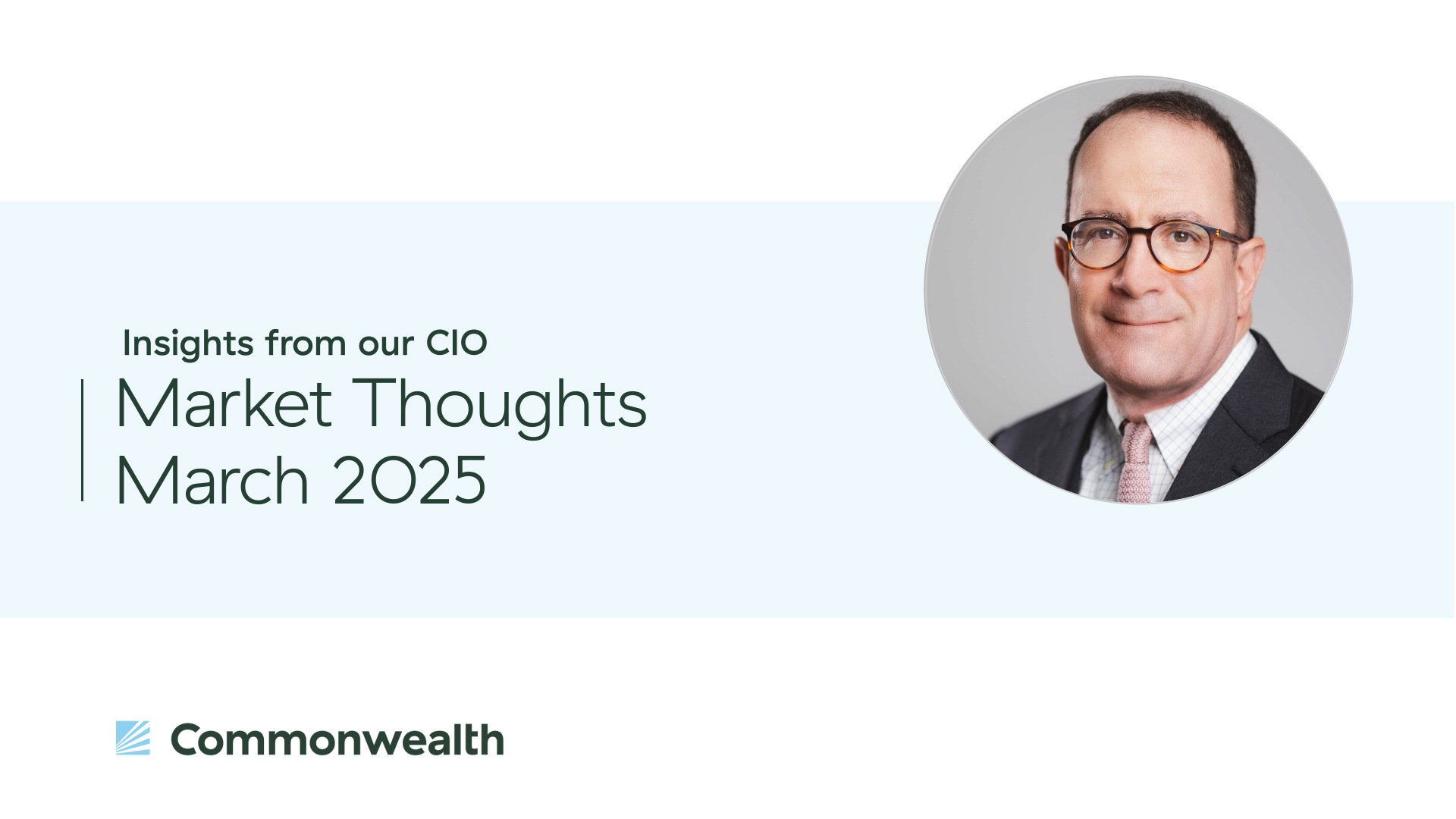
![Market Thoughts for March 2025 [Video]](https://blog.commonwealth.com/hubfs/Market-Thoughts-Mar-2024_V01_20250303.00_00_05_10.Still036.jpg)
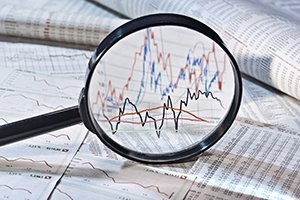
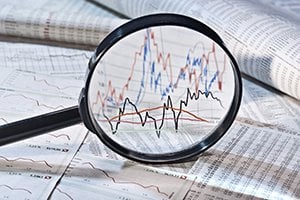
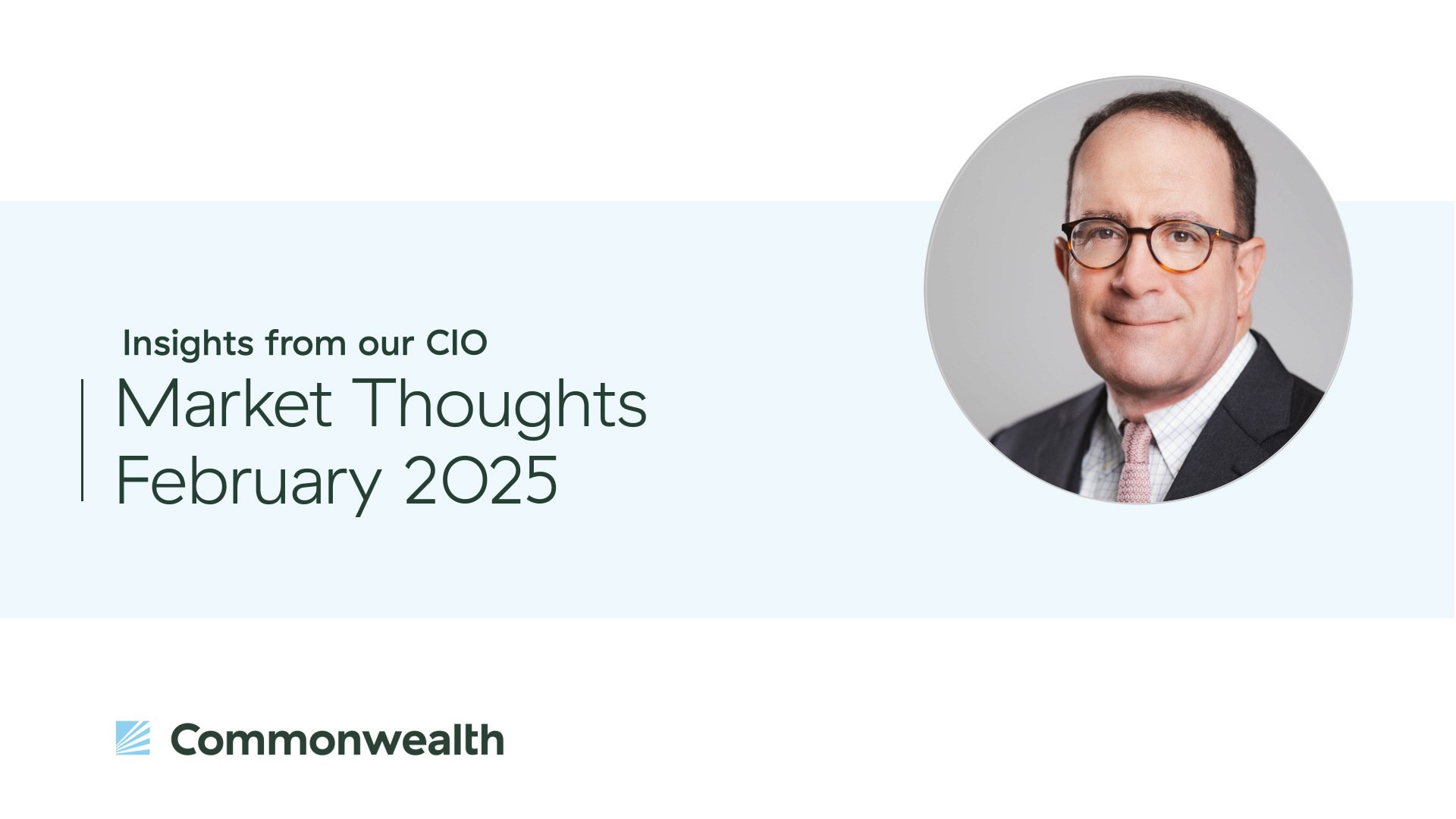
![Market Thoughts for February 2025 [Video]](https://blog.commonwealth.com/hubfs/Market-Thoughts-Feb-2024_V01_20250203.00_00_05_04.Still035.jpg)

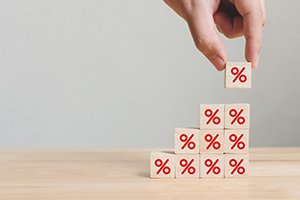

 Olivia has joined Riverstone Wealth Partners providing knowledge gained from her 15 plus years in management. Olivia has provided services within the financial industry, mortgage industry, and in the non-profit sector. Olivia thrives on providing stellar customer service, accomplishing all goals set before her, and doing the right thing. Olivia’s degree in Business Management allowed her to take on roles that ultimately led her to Riverstone Wealth Partners. Olivia is currently pursuing another degree with an emphasizes in Human Resources, which she has learned over time… is her passion!
Olivia has joined Riverstone Wealth Partners providing knowledge gained from her 15 plus years in management. Olivia has provided services within the financial industry, mortgage industry, and in the non-profit sector. Olivia thrives on providing stellar customer service, accomplishing all goals set before her, and doing the right thing. Olivia’s degree in Business Management allowed her to take on roles that ultimately led her to Riverstone Wealth Partners. Olivia is currently pursuing another degree with an emphasizes in Human Resources, which she has learned over time… is her passion!



 Director of Operations
Director of Operations


 Ashley has been working in the customer service field since she started her first job at age 16. For the past ten years she worked in an office setting handling accounts payable and receivable as well as some receptionist work. She is very excited to learn more about the investment field.
Ashley has been working in the customer service field since she started her first job at age 16. For the past ten years she worked in an office setting handling accounts payable and receivable as well as some receptionist work. She is very excited to learn more about the investment field. Alec joined Riverstone after starting out his post college career on the operations side of an international logistics company working as an account executive. Graduating with a BA in Economics from the University of Illinois at Urbana-Champaign, he quickly developed a strong interest in the financial world. A lifetime resident of the Chicagoland area, Alec is an avid fan of his hometown sports teams. He is also an enthusiast of outdoor activities like fishing, camping, and hiking whenever possible.
Alec joined Riverstone after starting out his post college career on the operations side of an international logistics company working as an account executive. Graduating with a BA in Economics from the University of Illinois at Urbana-Champaign, he quickly developed a strong interest in the financial world. A lifetime resident of the Chicagoland area, Alec is an avid fan of his hometown sports teams. He is also an enthusiast of outdoor activities like fishing, camping, and hiking whenever possible. Carol has a wide variety of experiences and has worked mainly with not-for-profit organizations. She spent 20 years in fundraising and 15 years teaching in the Illinois school system while she raised her younger children. Carol lives in Sugar Grove with her husband, Ron, and their Golden Retriever, Charley. She has four children and two grandchildren. When she’s not working, Carol enjoys spending time with friends and family, running, fishing, bible study, and watching her grandchildren play sports.
Carol has a wide variety of experiences and has worked mainly with not-for-profit organizations. She spent 20 years in fundraising and 15 years teaching in the Illinois school system while she raised her younger children. Carol lives in Sugar Grove with her husband, Ron, and their Golden Retriever, Charley. She has four children and two grandchildren. When she’s not working, Carol enjoys spending time with friends and family, running, fishing, bible study, and watching her grandchildren play sports. Wealth Advisor
Wealth Advisor Wealth Advisor / Registered Principal
Wealth Advisor / Registered Principal Wealth Advisor
Wealth Advisor Wealth Advisor / Registered Principal
Wealth Advisor / Registered Principal Wealth Advisor
Wealth Advisor Wealth Advisor Assistant
Wealth Advisor Assistant Registered Relationship Assistant
Registered Relationship Assistant